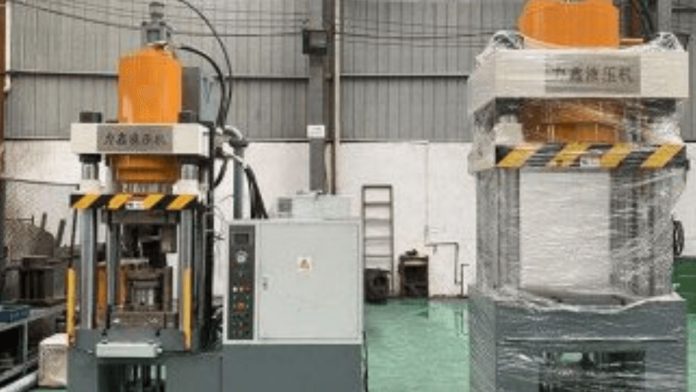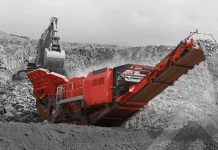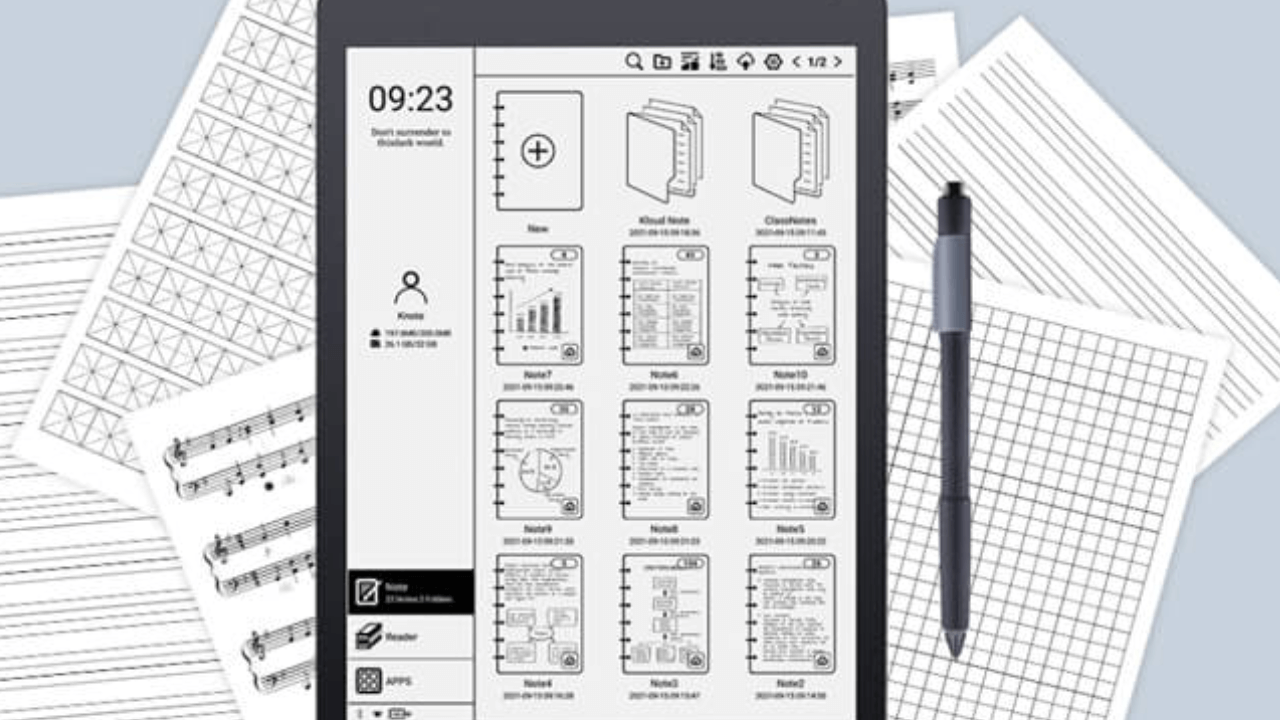Precision forging is proof that traditional artistry and cutting-edge technology can coexist in the world of metalworking. With its unmatched precision and efficiency in metal shaping, this sophisticated style of forging has completely changed the landscape of production. Precision forging is fundamentally a metal-shaping process that deforms a workpiece by applying precisely controlled compressive stresses.
The painstaking accuracy and attention to detail in the manufacturing process are what distinguish precision forging incorporates computer-controlled technologies to achieve high levels of accuracy and consistency, in contrast to traditional forging techniques that mainly rely on the operator’s competence.
What Are The Benefits Of Precision Forging In The Supply Chain For Auto Parts?
It is suitable for mass production since the forged material has high strength and durability. So, around 60% of the components in the car are forged. The integration of parts and components is exploding as a result of the explosive growth of the vehicle industry. This is the period in which the OEMs are expanding and integrating their capability for producing automobiles.
More than 15% of the supply chain’s production costs can be cut with precision forging. Although the forging cost goes up once the precision forging process is used, the machining cost goes down. For instance, merging the forging of all the gears to replace the manufacturing process of processing synchronous gears and bodies separately can save production costs by roughly 25%.
The Main Development Processes for Precision Forging
Precision forging has developed to include a number of different process forms, each of which is catered to particular uses, materials, and desired results. To satisfy the rising demands for accuracy, efficiency, and versatility, precision forging entails improving and developing various process forms. Here, we examine the primary processes involved in precision forging, emphasizing its traits, uses, and advancements.
Closed Die Forging:
The process of shaping metal between two dies each having a cavity with the desired shape is known as closed die forging, also referred to as impression die forging. The material is bent to assume the shape of the cavity when the dies are brought together. Small to medium-sized, very precise components, including automotive (connecting rods, gears) and aerospace parts, are frequently produced using this method.
Evolutionary Trends Closed die forging is more effective and precise when die design, material choice, and lubrication methods are continuously improved. Modernizations in automation and real-time monitoring aid in this process optimization.
Open-Die Forging:
Metal is shaped via open-die forging, which uses flat dies without a completely enclosed interior. By repeatedly hammering or pressing the material, the substance gets squeezed and molded. Shafts, discs, and blocks are examples of massive, heavy components that are appropriate for this technique. It is frequently employed in the energy (power generation) and heavy machinery industries. Modern simulation methods are being included in open-die forging to improve the deformation process. Robotics and automation are being used more and more to improve accuracy and minimize manual work.
Precision Near-Net-Shape Forging:
By forging components very close to their ultimate shape, this method tries to reduce the need for considerable machining. Precision near-net-shape forging lowers machining expenses and material waste. Widely utilized where complicated components with precise tolerances are needed, such as in the aircraft industry. Integration with additive manufacturing (AM) technologies is a noticeable trend that improves the efficiency of producing complex near-net-shape components.
Net-Shape Forging:
Components made using net-shape forging require minimal to no further machining. The objective is to complete the forging process with the final shape that is required. It finds use in the fabrication of components where accuracy and low material waste are essential, including high-performance automobile parts or medical implants.
Isothermal Forging:
To prevent strain hardening and improve material flow, isothermal forging is done at high temperatures. Throughout the forging process, the workpiece and die are kept at temperatures that are practically constant. This method is used to forge materials like titanium and several high-temperature alloys that are difficult to bend at normal temperatures. Current studies concentrate on producing materials that can endure the harsh conditions of isothermal forging and improving temperature control systems.
Conclusion
Precision forging is a zenith in the development of metalworking methods. Its capacity to unite handicraft and technology makes it an essential procedure in a variety of industries, helping to produce high-quality components that spur innovation and development. The continued advancement of net-shape forging techniques is aided by improvements in tool design, die materials, and real-time monitoring











